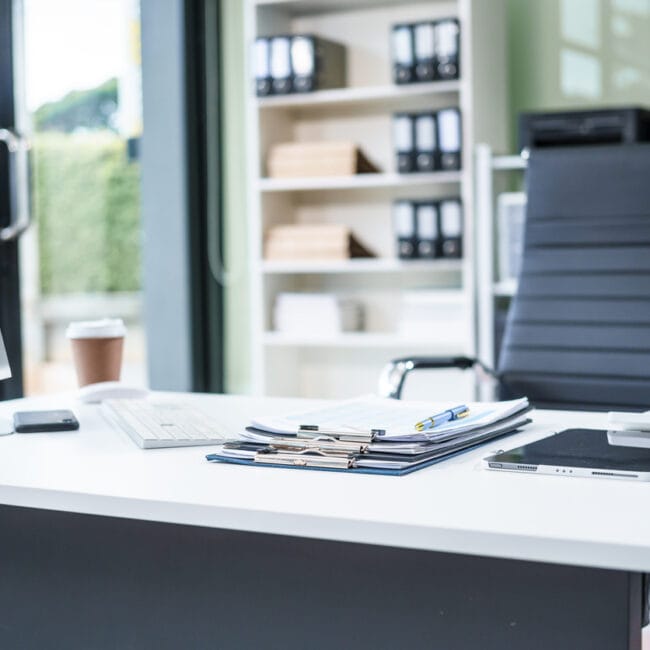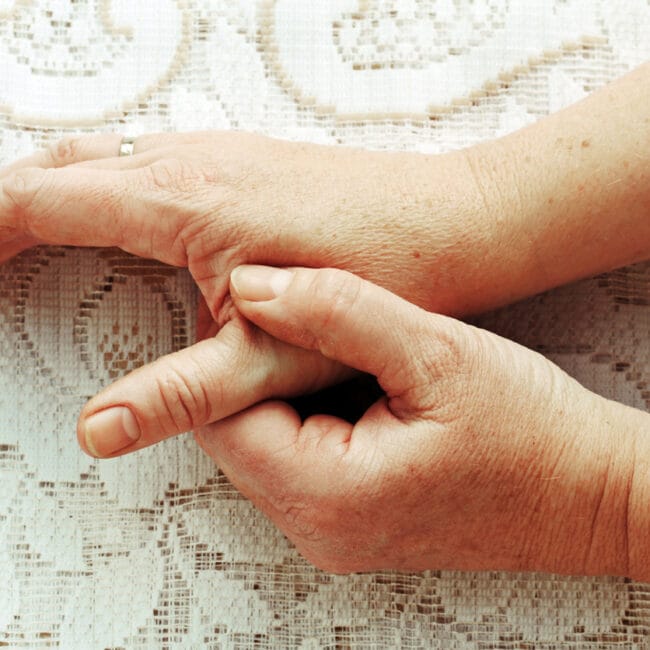As the winter has arrived, it is time to take out all those warm clothes we had set aside during the summer months. It’s that time of the year where we want to keep the feet and every other part of the body warm to prevent medical conditions associated with the cold, such as Chilblains.
What are Chilblains?
Common on fingers and feet, Chilblains are a skin condition characterised by a local inflammatory response to acute or repetitive exposure to cold temperature that’s above freezing point. Common in young females, this medical condition is seasonal as it’s common during the winter season. However, all ages and genders can be affected by Chilblains. The condition can be associated with an underlying autoimmune medical condition such as Rheumatoid Arthritis, Lupus, Type 1 Diabetes and Psoriasis, to mention but a few.
How do Chilblains look and feel?
Everyone is different and Chilblains will manifest in different ways in different people. However, research has shown that there are certain characteristic features that are common in people that suffer from Chilblains and these include:
Lesions that are about 2cm in diameter
Usually discoloured lesions in the feet and/or fingers
Swollen, itchy red or purple lesions on affected areas
Lesions are initially white in colour due to restricted blood flow in the small blood vessels then as blood vessels widen they turn red
Bluish discolouration is often associated with end stage of the disease
As they resolve Chilblains will cause the skin to form wrinkles, scaly and shiny on the affected area
What are the dangers of Chilblains?
Chilblains may resolve on their own. However, if they cause skin breaks, the lesions may form a passage route for infection thereby putting an individual at high risk of more severe infections.
How to prevent Chilblains?
Like they say ‘prevention is better than cure’, Chilblains are better prevented and they are preventable. The following can be done to prevent one from developing Chilblains:
Wear socks thick enough to keep the heat in. Thermal socks are recommended for their good heat retention properties.
Minimise exposure to extremes of temperatures and rapid temperature change

What treatment/advice your Podiatrist will give you?
Depending on stage, your Podiatrist will advise you on good footwear to minimise mechanical stress and create feet conditions that are conducive for healing
Topical creams such as witch hazel that have a cooling and soothing effect (on unbroken skin only). Research has shown that such creams help control the inflammatory response in the early stages of the disease.
At the end stage of the disease, your Podiatrist will recommend weak iodine as this stimulates superficial blood flow
Research has also shown that gentle foot soft tissue massage helps improve circulation in the smaller blood vessels of the feet
Padding and dressings are used for broken Chilblains to keep the affected area free from infection at the same time protecting tissues from mechanical stress
What to do if you notice symptoms?
DO NOT SCRATCH. If you notice the above-mentioned symptoms and are concerned, please contact your GP or Podiatrist and let them have a look at your feet remember a stitch in time saves nine!
Several medical and non-medical interventions are available to help you get over Chilblains. Remember, as a condition sometimes associated with autoimmune conditions, Chilblains may form the tip of an iceberg in your health status so it is crucial to visit a healthcare professional and have an assessment.
References
Baker, J.S., Miranpuri, S., 2016. Perniosis: A case report with literature review.
Journal of the American Podiatric Medical Association 106 (2), 138–140.
Baker, J., 1998. Essential oils: a complementary therapy in wound management. Journal of Wound Care 7 (7), 355–357.
Kerschott, J., 1997. The complementary use of homeopathic preparations in
primary care practice. Biomedical Therapy 15 (2), 47–52.










